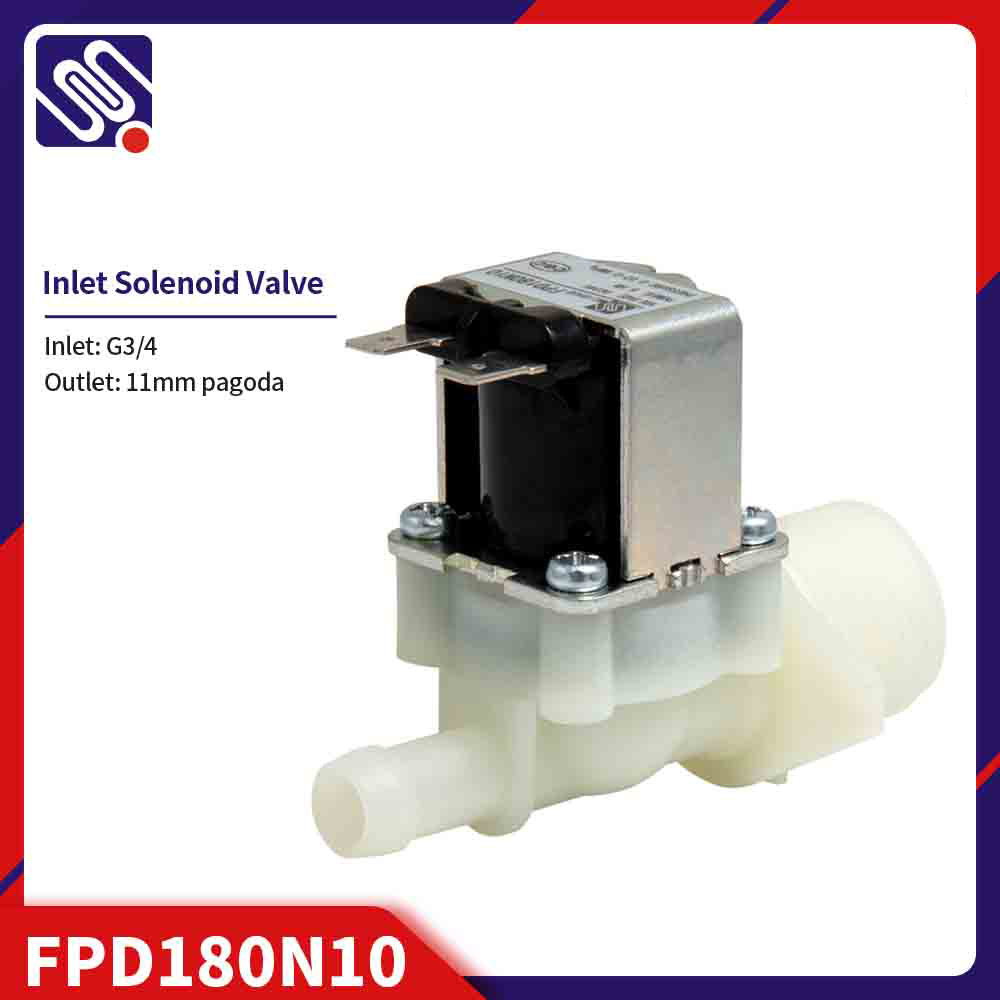solenoid valve for liquid control: essential for efficient fluid management
Release time:2025-08-25 08:48:04
Solenoid valves are a critical component in modern fluid management systems, particularly when it comes to the control of liquid flow. These electrically operated valves provide a quick and efficient solution for regulating the flow of liquids in a variety of industrial, agricultural, automotive, and domestic applications. This article will explore the working principle, types, applications, advantages, and considerations when selecting a solenoid valve for liquid control.

Working Principle of Solenoid Valves for Liquid Control
A solenoid valve operates by using an electromagnetic coil to control the opening and closing of the valve. When electrical current passes through the coil, it generates a magnetic field that moves a plunger or armature, which in turn opens or closes the valve. The solenoid valve can be categorized based on its operation:
Normally Closed (NC) Solenoid Valve: In this configuration, the valve is closed when no power is applied to the solenoid coil. When the coil is energized, the plunger is pulled, opening the valve and allowing the liquid to flow.

